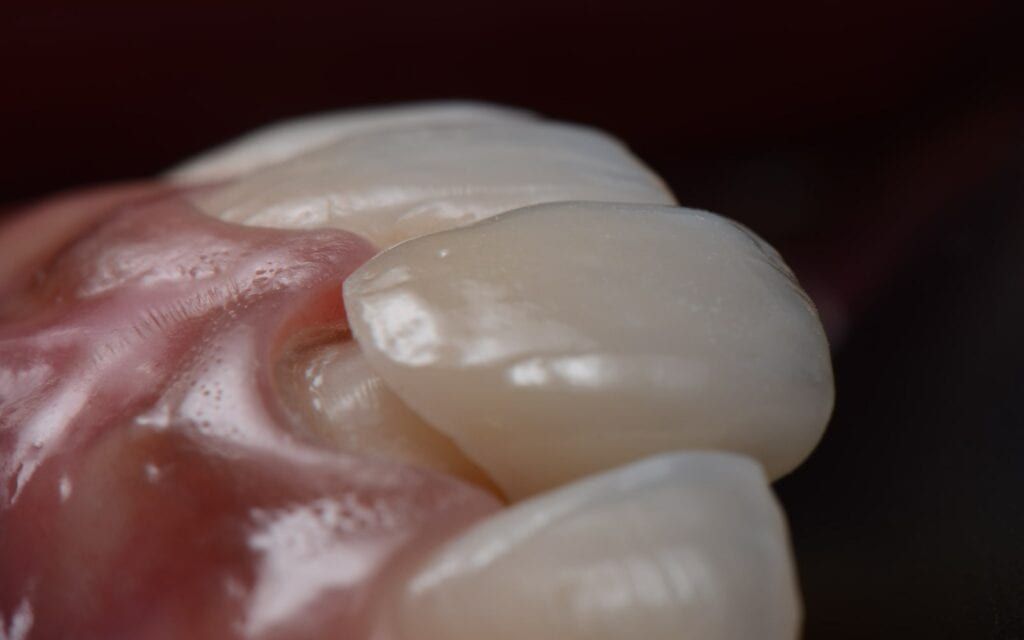Some of the best orthodontic work begins with bonding. Dental bonding allows us to ensure that any restorations you need, such as braces or jaw aligners, use bonding materials to cure the system to the tooth’s surface, allowing the device to work properly and create a controlled scenario for tooth movement. However, dental bonding braces aren’t just used for installing braces – in fact, bonding adhesives can help prevent cavities if regularly checked on and reapplied when needed. Over the last ten years, orthodontic bonding has heavily experienced advances that have made placing appliances more dependable. To understand these advances, it’s important to know what’s required for a successful bonding procedure and why keeping your teeth clean matters for your oral health.
How Your Enamel Matters For Orthodontic Treatment
The success of any procedure is always dependent on the condition of your teeth. If your teeth suffer from poor enamel wear down, procedures are needed to help condition the enamel and prepare it for treatment. Your enamel supports your teeth, the outer latter that protects the inner layers from bacteria and food particles. For those who often suffer from malocclusion and cavities, these factors can also wear down the enamel and create an uninhabitable environment for your teeth and gums. For problems caused by malocclusion, sometimes the only solutions available are braces and aligners, which creates a problem many dentists are familiar with when treating patients.
Often, to treat a dental problem, sometimes enamel and tooth material needs to be removed. In these cases, root canals, tooth extractions, and deep cleanings either have to remove some of the material or use dental products to clear out any present bacteria left behind from the cavity. However, left untreated, it can make treating the malocclusion more difficult. Having any form of malocclusion, whether it be an overbite, crossbite, or underbite, can increase cavities’ risk. But, the only way to treat the potential risk is to treat the malocclusion. But if cavities already exist, then those problems will need to be handled first before any appliance is used, which may affect the malocclusion treatment.
That’s why children and adolescence need to receive orthodontic treatment if they have any form of malocclusion because the problems that arise from malocclusion can heighten in severity and lead to long-term problems. For any bonding procedure, healthy teeth or adequately healthy teeth are needed to create a more controlled environment for your orthodontist.
Advances in Orthodontic Bonding Solutions
Having healthy teeth and gums, even with a malocclusion, can also increase the likelihood of secondhand cavities decreasing over time. With proper bonding procedures, including curing lights and chemical adhesives, patients that need braces or aligners can have a better overall dental experience with their alignment plan if their teeth are relatively healthy at the time of treatment.
With healthy enamel, your orthodontist can perform a bonding procedure to prepare the tooth’s surface. During the procedure, your orthodontist will most likely bond in these steps:
- Polishing pumices used to create a smooth surface for the teeth. This method allows your orthodontist to prepare for an impression of the tooth’s surface or application of the bonding materials
- Gel etching helps retract any of the soft tissues used to help wash away any acids leftover along with the tooth’s enamel and prepare the surface further for bonding.
- Primers and adhesives are used as the bonding material on the tooth’s surface, and your orthodontist will work to prevent saliva contamination from affecting the bonding materials.
- Curing lights will procure the bonding process, allowing those materials to harden and strengthen to prepare the teeth for the braces.
Your orthodontist can create a clean, fresh surface through these steps to allow your teeth to align over time. Many orthodontic appliances are always being updated to help advance the alignment process, and newer bonding materials are always being explored to reduce the effects of caries formation and help realign their teeth back to health.
Why Orthodontics Matters For Your Teeth
If you have any form of malocclusion, it’s essential to speak with your primary dentist about treatment. For dentists and orthodontists, educating patients about their teeth and how to protect their teeth from damage and decay is a crucial aspect of their oral health. For more information about bonding procedures, how orthodontists work to protect teeth, and your malocclusion treatment options, the best and more assured way to receive treatment is by arranging an appointment with your dentist or orthodontist to learn more.




